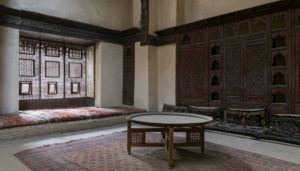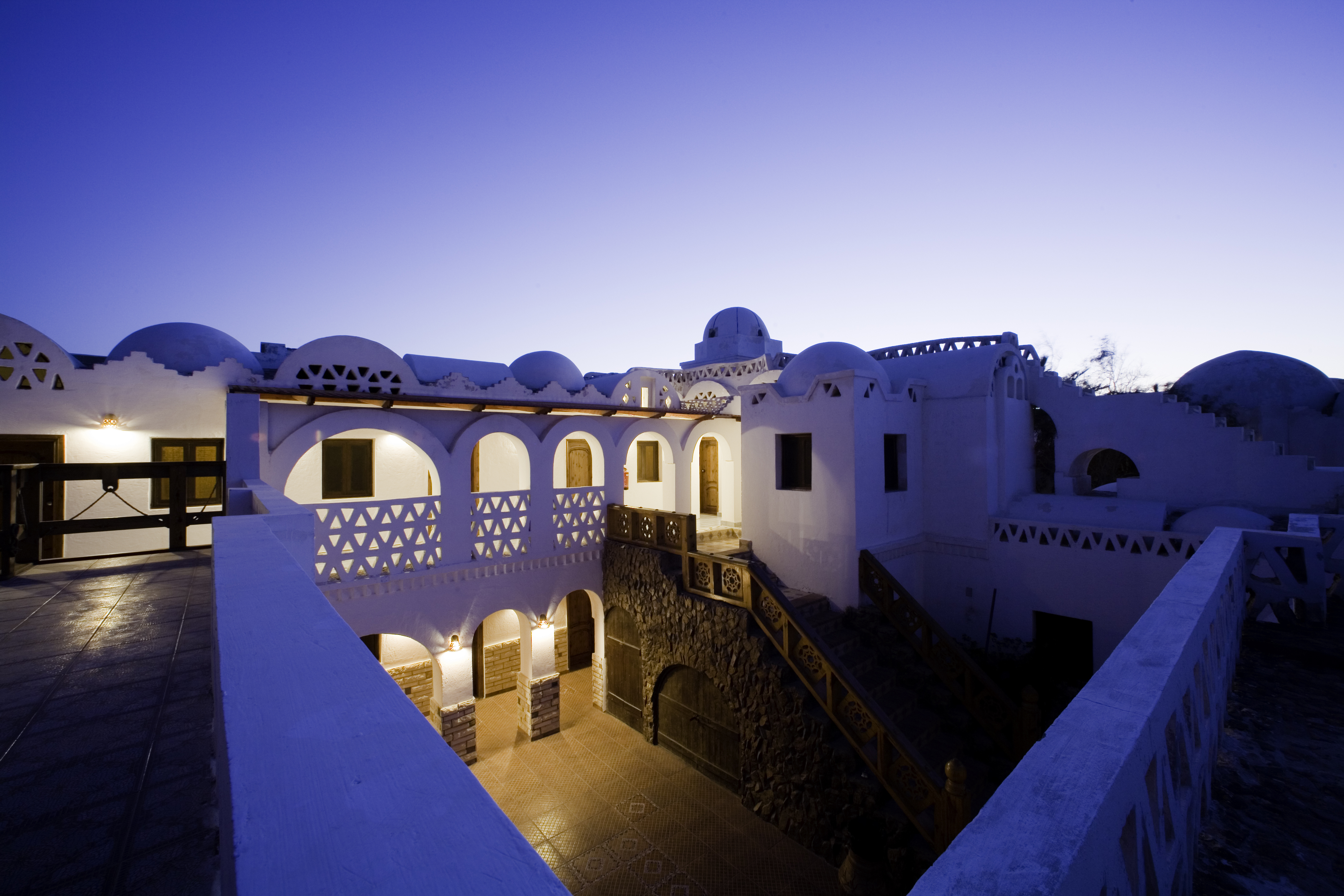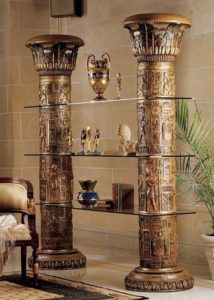Egypt is world famous for its pyramids and other historical tourist sites that detail how ancient Egyptians lived. However, few know about how modern Egyptians live and what home life is like for many in this country of a 110 million people. Here we introduce you to some highlights of what Egyptian homes are like from the architecture to décor to family life.
Family setting
The traditional family structure in Egypt is quite large, with several generations often living under the same roof. Family is highly valued in Egyptian culture, and it’s common for extended families to live together and help each other out. Family gatherings are a big part of the culture, and the older members of the family are respected and looked up to.
The evening is a time for relaxation and spending time with family and friends. Socialising is often done over meals, and it’s common to invite guests into the home. Coffee and tea are very popular beverages, and they’re often served with sweets or pastries. Hospitality is a core value in Egyptian culture, and it’s considered very important to make guests feel welcome and comfortable.
Homes
The traditional Egyptian home is typically made of mud bricks and has a flat roof. These homes are often quite simple, with few decorations and little furniture. The main room is usually a large, open space where the family gathers to eat, relax, and socialise.
The central room is the hub of the home. It’s a space where the family comes together to eat, talk, and relax. The kitchen is often a separate room located near the central room. It’s usually the busiest room in the house, as it’s where all the food is prepared.
Another important aspect of traditional Egyptian homes is the mashrabiya or wooden latticework screen. The mashrabiya is used to cover windows and doorways, and it provides privacy and ventilation. It’s also a beautiful architectural feature that adds character to a home.

The courtyard, which is a very important feature of Egyptian homes, is a walled outdoor space located in the centre of the home. It’s a place for fresh air and natural light, and it can be used for relaxation and entertainment. Many homes also have a small garden in the courtyard, with flowers and plants.
It is considered the heart of the home, and it’s where many families spend most of their time. It’s also a place where children can play and run around freely. In addition, the courtyard is often used for special occasions and celebrations. It’s a space for family and friends to gather and enjoy each other’s company.

Sculptures and decoration
The architecture and decor of Egyptian homes are a feast for the eyes! Columns feature prominently in Egyptian architecture. The columns are often adorned with intricate patterns and designs, and they can be found both inside and outside the home. Many Egyptian homes also feature ornate statues of ancient Egyptian gods and goddesses. These statues are often made of wood or stone, and they add a touch of history and culture to the home.
Building material and colours of hope

The traditional building material in Egypt is sun-baked bricks, which are made from mud and clay. These bricks are then left in the sun to harden, and they’re often used to build the walls of homes. The bricks help to keep the homes cool, as they have a high thermal mass, which means they absorb heat during the day and release it at night. This is especially important in the hot Egyptian climate which can have surprisingly cool nights.
In Egyptian homes, the colour palette is usually vibrant and colourful. Bright colours like red, yellow, and blue are often used in the decor. This reflects the warm climate and the lively spirit of Egyptian culture. The colours are also believed to bring good luck and happiness. Even the floors are often painted with bright, colourful patterns.

